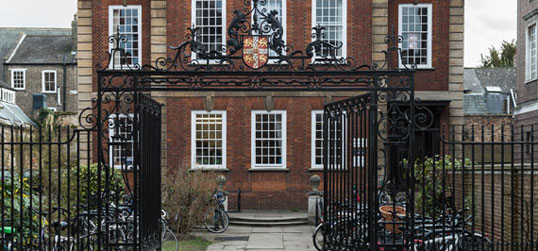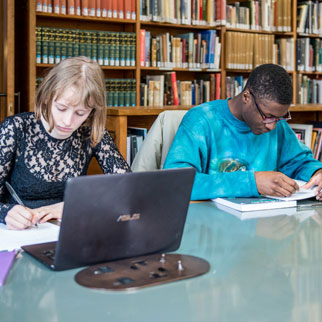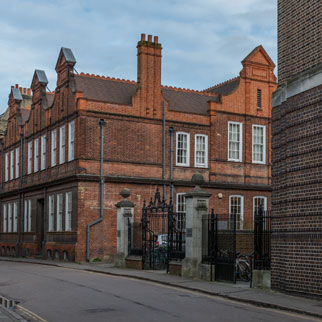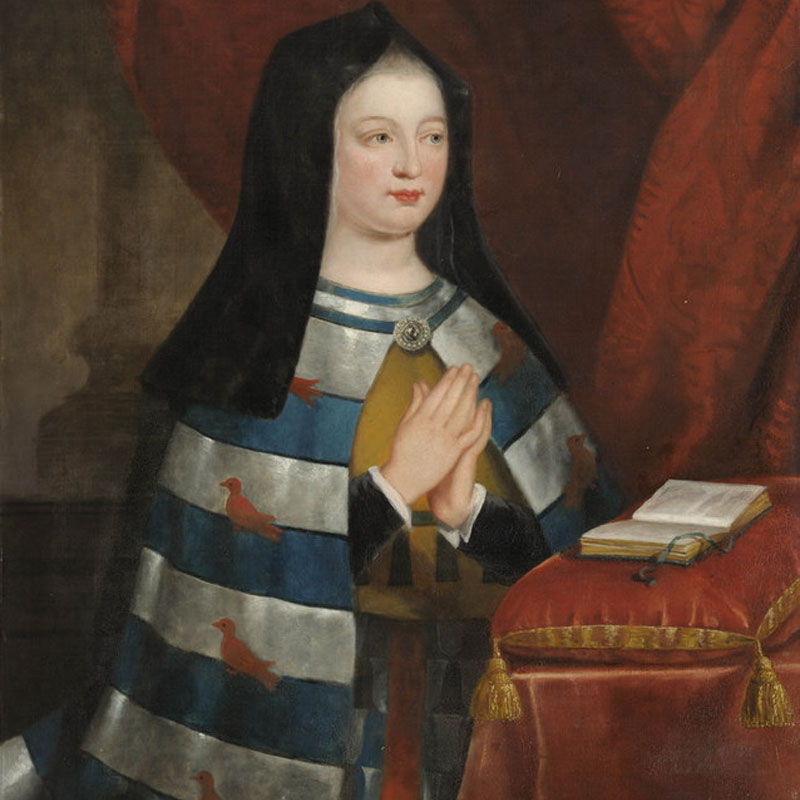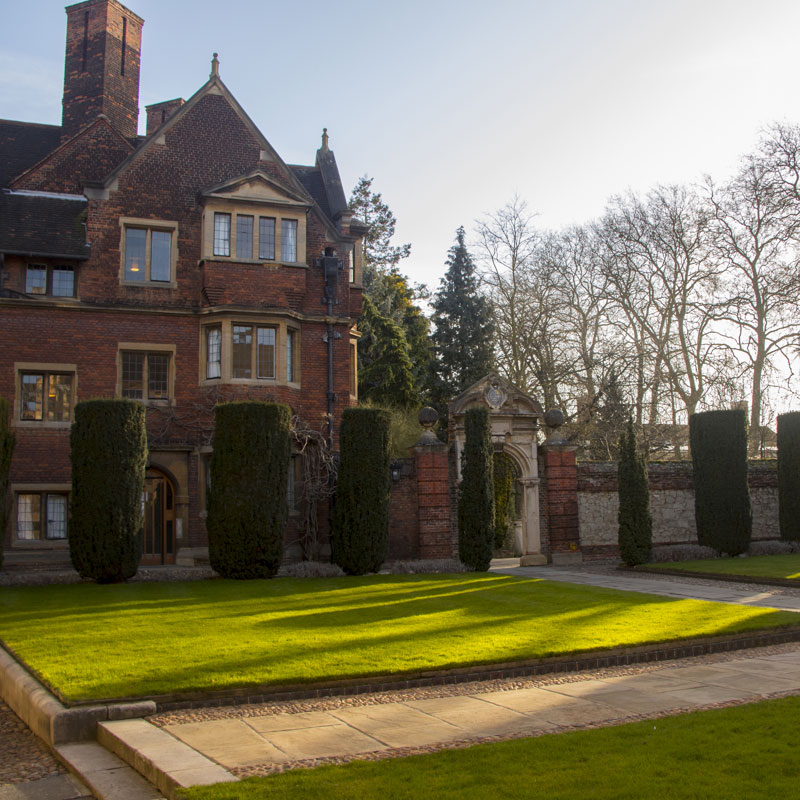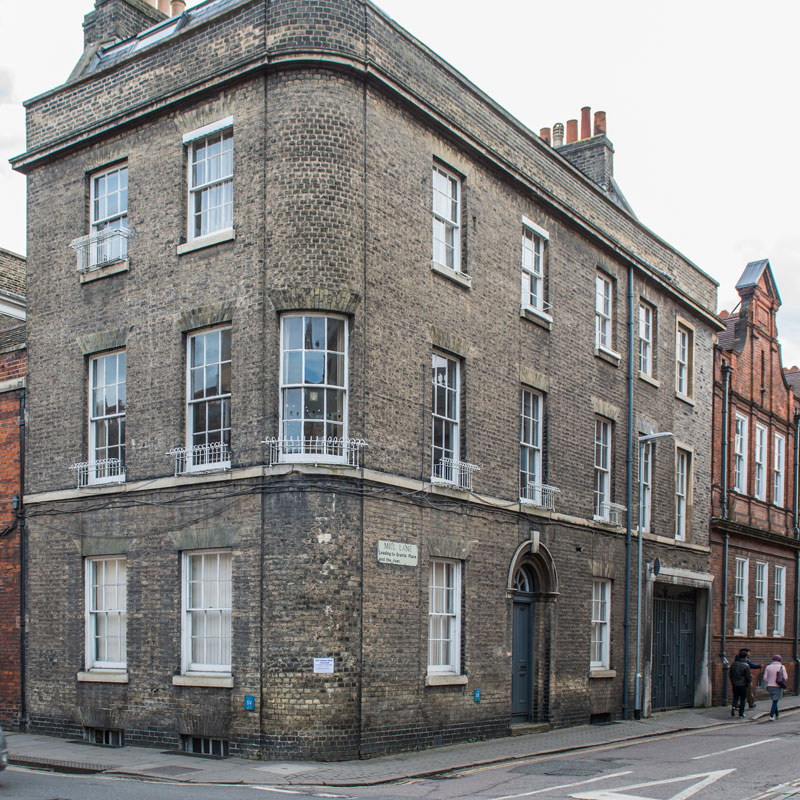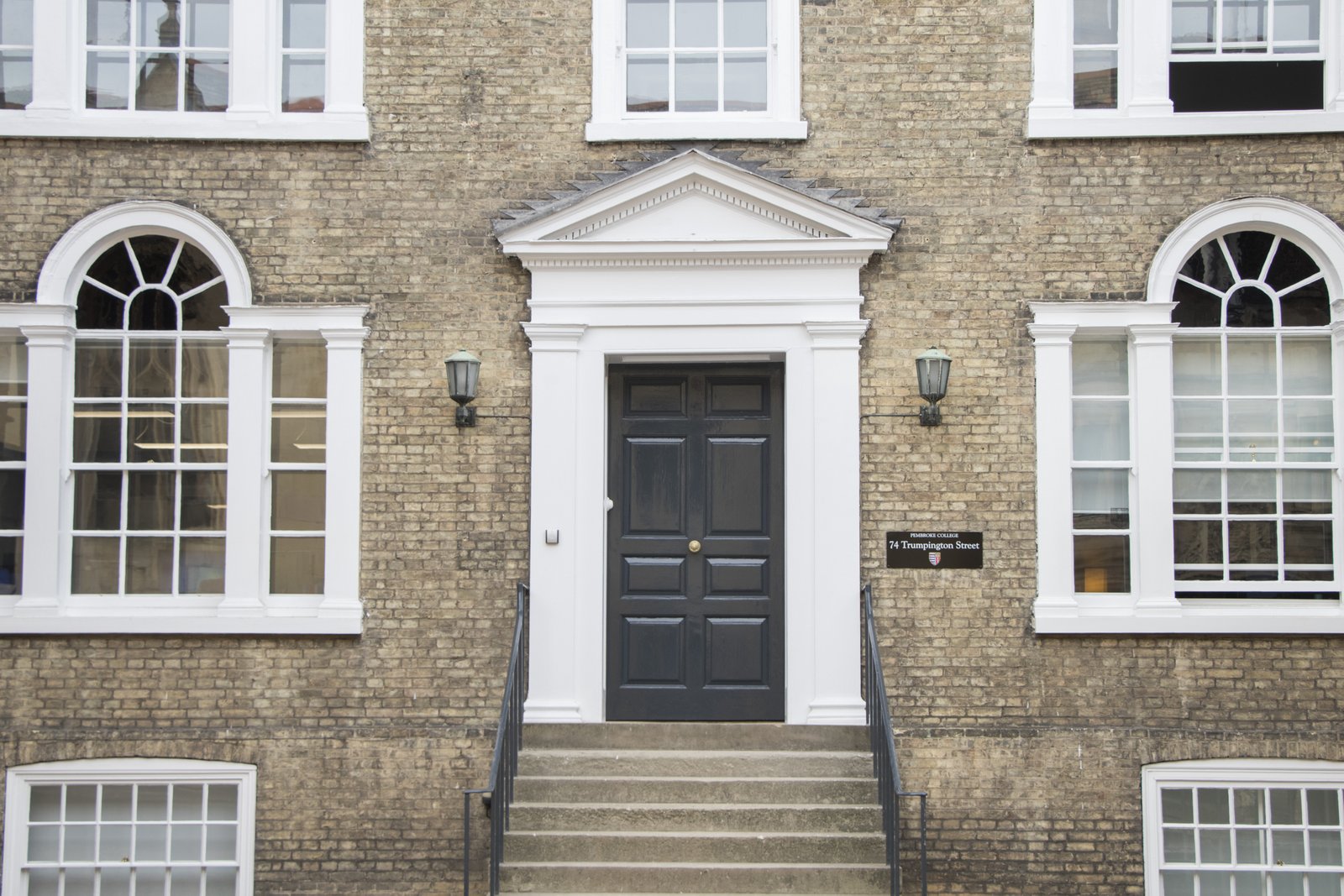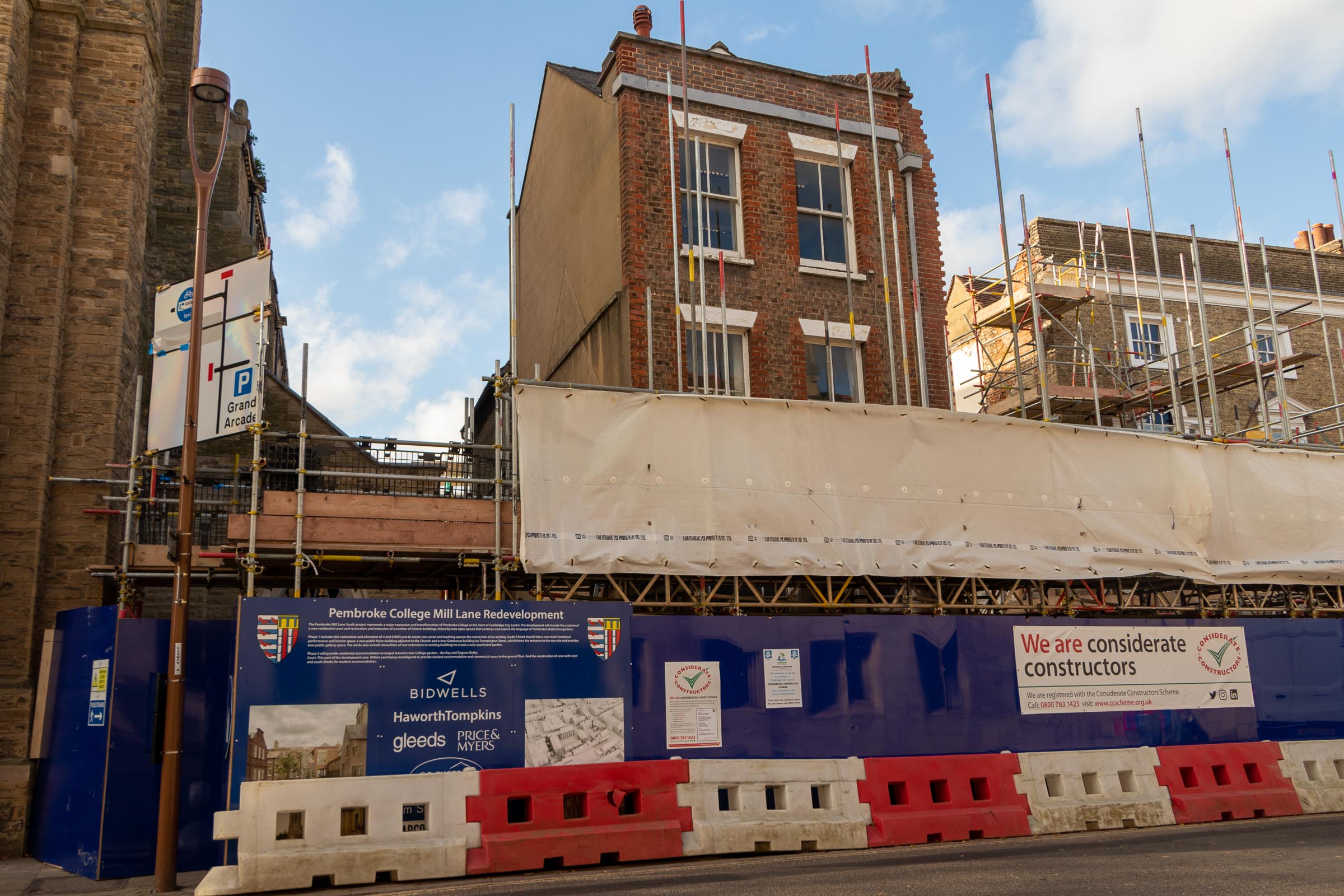
While many colleges have annexes that can be some distance from their original college site, Mill Lane gives Pembroke an extraordinary, once-in-a-College-lifetime chance to build not such an annex but an extension of the College whole.
Mill Lane will enlarge our footprint in the heart of Cambridge by a third. Yet, the development is about much more than new buildings. The lives of undergraduates, graduates and Fellows who will take their places in the Pembroke community in years to come will be transformed by the new facilities, accommodation, social and cultural spaces that will be developed.
The new development will attract the best students to Pembroke from national and global competition and give them the best possible environment in which to prosper.


As a result of the redevelopment, around 110 student rooms will be created, both on the original College site and in the Mill Lane extension. College administrative functions will be shared on both sides of Trumpington Street, and we are planning an auditorium and much more teaching and meeting space for our students, academics, visitors and institutional and corporate partners.
The College has now taken possession of all the buildings on the Mill Lane site, including the former Emmanuel United Reform Church and the Mill Lane Lecture Rooms. The listed buildings are being refurbished and reconstituted to provide an auditorium, increased study space, teaching rooms, gallery space and social centres. Other buildings are being demolished to pave the way for the construction of the Ray and Dagmar Dolby Court, which will be ready for occupation in 2024 – and then the enhanced College site will be ready for hundreds more years to come.
“My family and I are excited about this new development which will be so important for the future generations of scholars.”
Dagmar Dolby
Haworth Tompkins Architects
The Mill Lane redevelopment presents a complicated design challenge; our starting point is an inconsistent mix of existing buildings, some handsome some less so, which has evolved over 300 years; it’s a site which has the appearance of an upturned box of Lego™. The ambition is to create a magnificent series of Collegiate gardens and courtyards, including the many listed buildings, teaching rooms, a café, Parlour rooms and more than a hundred student rooms.
More than 30 architects were considered, 12 were taken to a first stage and five to a final competition. Haworth Tompkins have a very strong record in creating interesting spaces in existing buildings, and impressed the whole Fellowship with their vision of how the site could work and relate to the existing College.


